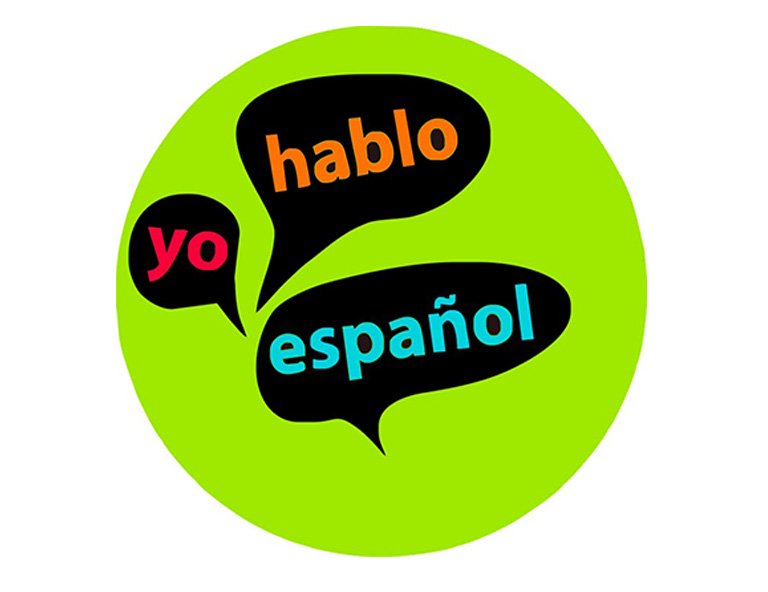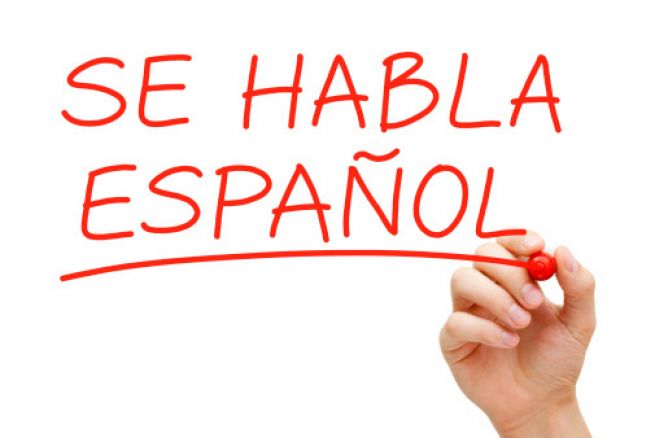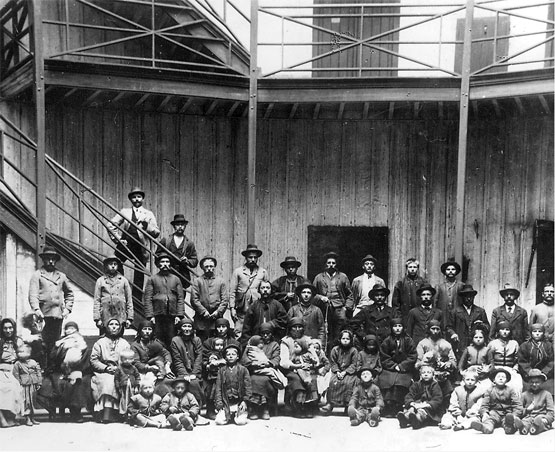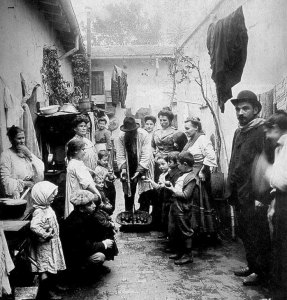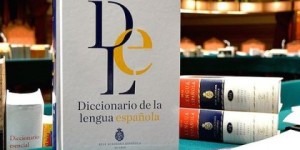In recent years, laws have been passed in the U.S. at the national and local levels to guarantee that Spanish speakers (and others who don’t speak English) are provided with the instructions for taking the medication in their language. The aim was to make sure that those with a low level of English proficiency were provided with instructions they could understand in order to prevent taking the medication at the wrong dosage or time, thereby making the treatment more effective and less likely to cause an overdose, and leading to a healthier patient and fewer associated costs.

Unfortunately, though, instead of helping matters, it appears that the translations can be wildly inaccurate, leading to confusion and even injuries. What was meant to help the patient get well has instead often hindered this process.
Research carried out in 2010 in a New York City borough with a large Spanish speaking population revealed a veritable tangle of errors that would leave any Spanish speaker at risk of taking the wrong amount at the wrong time, or even of medicating their children or others who depend on their care incorrectly.
Of the 316 pharmacies invited to take part in the research, 286 (91%) agreed to participate. Of these, 209 (73%) provided medicine labels in Spanish, with independent pharmacies more likely to do so than chain or hospital-based pharmacies. Of those providing labeling in Spanish, 86% used one of 14 computerized translation programs to translate the instructions (70% of the pharmacies used one of three different major programs), while 11% used staff members. Only 3% used a professional translator.
Seventy-six medicine labels were assessed by the researchers who found that, while the majority of pharmacies provided labels with instructions in Spanish, a shockingly high 50% of these labels were translated inaccurately, including 43% with incomplete (mixed English and Spanish) translations; an additional six contained misspellings or grammar errors.
These errors were mainly of three types:
Confusing directions: instructions to take the medication “once” a day could be interpreted as being told to take it eleven (spelled “once” in Spanish) times a day, potentially leading to an overdose.
Misspellings: Typing errors by the pharmacist (e.g., “poca” – which means “little” – instead of “boca” – which means “mouth”) could lead to a patient taking less than the prescribed amount. A case in point was the patient who was prescribed iron supplements to treat anemia; the patient was taking only one drop a day instead of the prescribed amount. Fortunately, the physician saw that the patient wasn’t responding as expected to the treatment and took the time to find out what had gone wrong.
Spanglish: Instructions with words like “dropperfuls”, “take with food”, “apply topically”, “for 7 days”, “apply to affected areas” were often simply left altogether untranslated, leaving out information that could very well be essential to the effectiveness of the treatment and thus the health of the patient, and also leading to confusion about the meaning of words (e.g., “once”, above).
Clearly, caring for a patient is a task that must be overseen by human beings able to use their professional judgment, not computer programs incapable of discerning a correct translation from an incorrect one. While health care costs must certainly be efficiently managed and contained to the extent possible, it is obviously counterproductive to provide and pay for treating patients when the very treatment itself may be administered incorrectly, leading to wasted time, effort and medication while at the same time threatening the health of the very person at the center of the treatment program: the patient.
The solution is clear: pharmacies must invest in providing accurate medicine labels so that patients understand the instructions; the costs associated with the financial and social losses arising from mislabeled medicine are far more expensive than hiring professional translators to do the job right from the very beginning.
Pharmacists that understand this and provide their customers with accurate information are likely to enjoy the trust of their customers, gain their loyalty and, in the end, will know that they are fulfilling part of their oath: to embrace and advocate changes that improve patient care.


